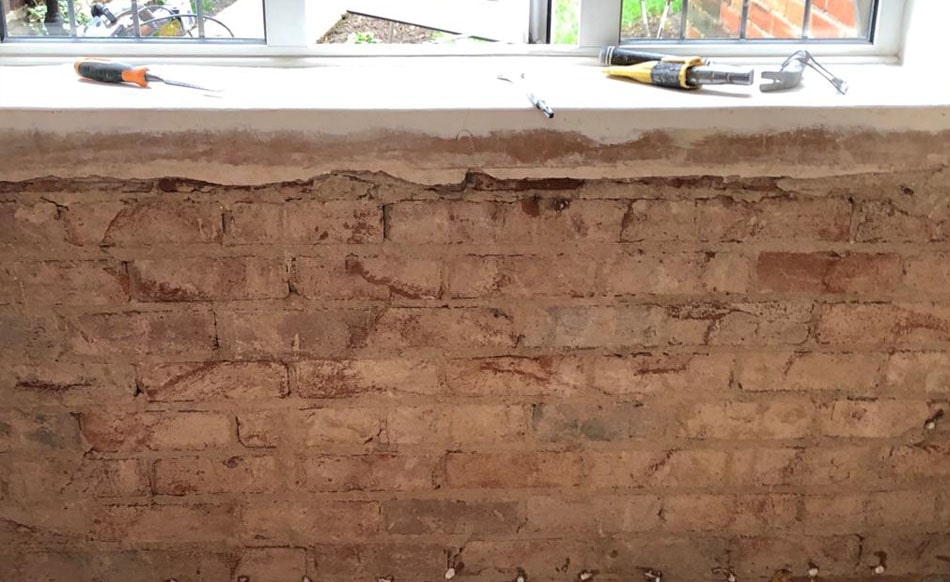Definition and specifics of Rising Damp
Not only is rising damp the commonest form of dampness found in buildings it is also the most talked about. Rising damp can be defined as the vertical flow of water up through a permeable wall structure, where the water has come up from the ground. Inside masonry are pores, known as capillaries. Water uses these as a conduit to travel upwards, serving as a sort of wick. [Rising damp](https://www.damp2dry.co.uk/) damage can even occur in properties with a damp course as soluble salts can cause dampness in the walls.
How to tell if you have a Rising Damp problem
Fortunately, while rising damp is not something to wish for, there are at least some very clear signs of rising damp to help you begin the process of solving the problem in your building. Things to look out for include:
- Patches of damp and staining of wall decorations around a metre up from floor level
- Peeling and blistering of wallpaper from walls
- Rotting skirting boards
- Trademark salt stains on the wall, again around a metre up caused by soluble salts found in groundwater
- White, powdery salt residues on the walls or floor next to the wall
If you notice any of these trademark signs of Rising Damp then you should get in touch to arrange a home survey. You can do all the online reading in the world, but it takes an expert eye to be certain.
Arrange a Damp Survey
If you are in Yorkshire or the surrounding areas Damp 2 Dry will be delighted to help. The first step is to arrange an appointment here so that one of our expert surveyors can come and assess any damage and pinpoint the right remedial action. If you would like to talk to someone on the phone, our dedicated team are on hand to answer your questions.
Phone us on 01226 419027 or 07411 947324 or email us at info@damp2dry.co.uk
Check out our excellent customer feedback.


